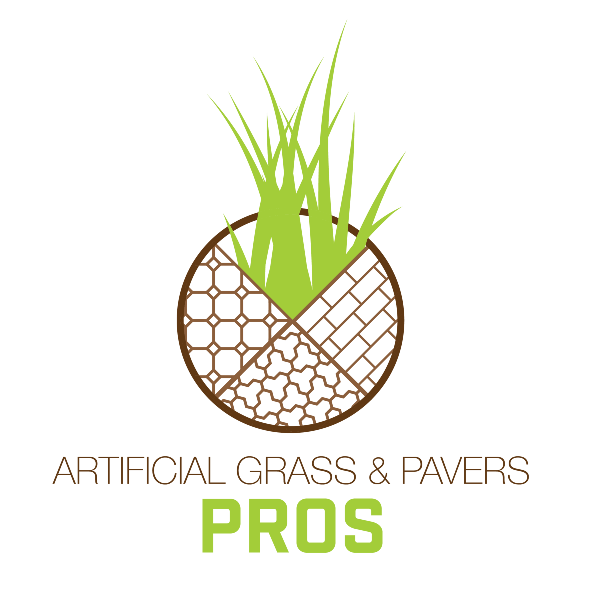Artificial grass, also known as synthetic turf, has revolutionized outdoor landscapes with its lifelike appearance and low-maintenance allure. But what exactly goes into the making of this versatile and durable alternative to natural grass? Let’s take a closer look at the composition of artificial grass and the materials that bring it to life:
1. Synthetic Grass Fibers: At the heart of artificial grass are the synthetic fibers that mimic the look and feel of natural grass blades. These fibers are typically made from polyethylene (PE), polypropylene (PP), or a blend of both materials. PE fibers are known for their softness and resilience, while PP fibers offer excellent durability and resistance to UV radiation. Through advanced manufacturing techniques, these fibers are extruded and textured to replicate the texture and appearance of natural grass.
2. Backing Material: The synthetic grass fibers are tufted into a backing material, which serves as the foundation for the turf system. The backing is typically made from a durable, permeable material such as polypropylene or polyester. It provides stability and support for the grass fibers while allowing for proper drainage of water and other liquids.
3. Infill Materials: Infill materials are added to the synthetic turf to provide stability, resilience, and performance. Common infill materials include silica sand, crumb rubber, and organic options such as cork or coconut husks. The infill helps to support the grass fibers, maintain evenness, and improve traction for activities such as sports and play. Additionally, infill materials may contribute to the shock absorption and cushioning properties of the artificial grass surface.
4. Secondary Backing (Optional): In some artificial grass systems, a secondary backing layer may be added for additional stability and reinforcement. This layer is typically made from latex or polyurethane and is applied to the primary backing to enhance the overall strength and durability of the turf system. Secondary backing may be particularly beneficial for high-traffic areas or installations requiring increased resilience.
5. Antimicrobial Treatment (Optional): To inhibit the growth of bacteria, mold, and mildew, artificial grass may undergo an antimicrobial treatment during the manufacturing process. This treatment helps to maintain a clean and hygienic surface, especially in environments such as pet areas, playgrounds, or sports facilities. Antimicrobial additives may be integrated into the fibers or applied as a coating to the turf surface.
6. UV Stabilizers: To protect against fading and degradation caused by exposure to sunlight, artificial grass often contains UV stabilizers. These additives help to prolong the lifespan of the turf by minimizing the effects of UV radiation, ensuring that the vibrant color and appearance of the grass fibers are preserved over time.
Conclusion: Artificial grass is a marvel of modern engineering, combining synthetic fibers, backing materials, infill, and other additives to create a durable, lifelike alternative to natural grass. By understanding the intricate composition of artificial grass, we gain insight into the innovative technologies and materials that drive its performance and longevity. Whether used for residential lawns, sports fields, or commercial landscapes, artificial grass continues to redefine outdoor environments with its beauty, functionality, and sustainability.

synthetic turf installation company
Artificial Grass & Paver Pros
(727) 513-4240
